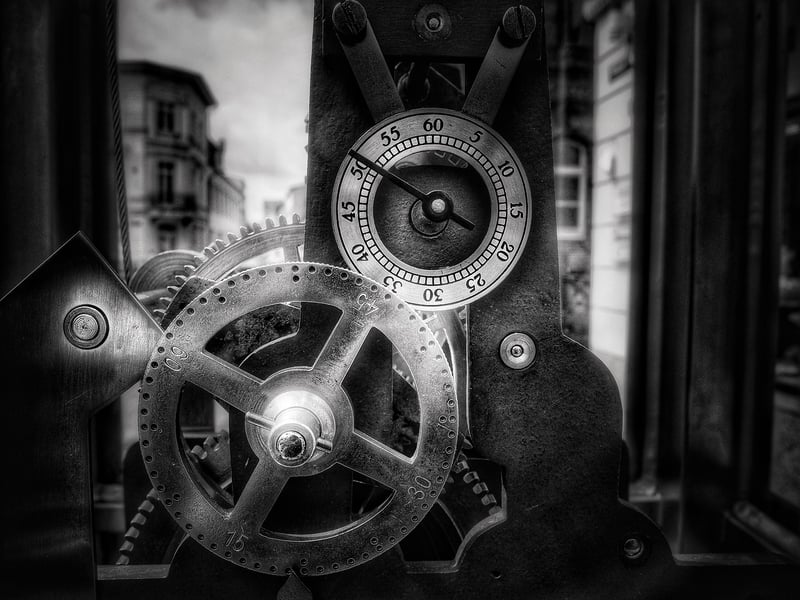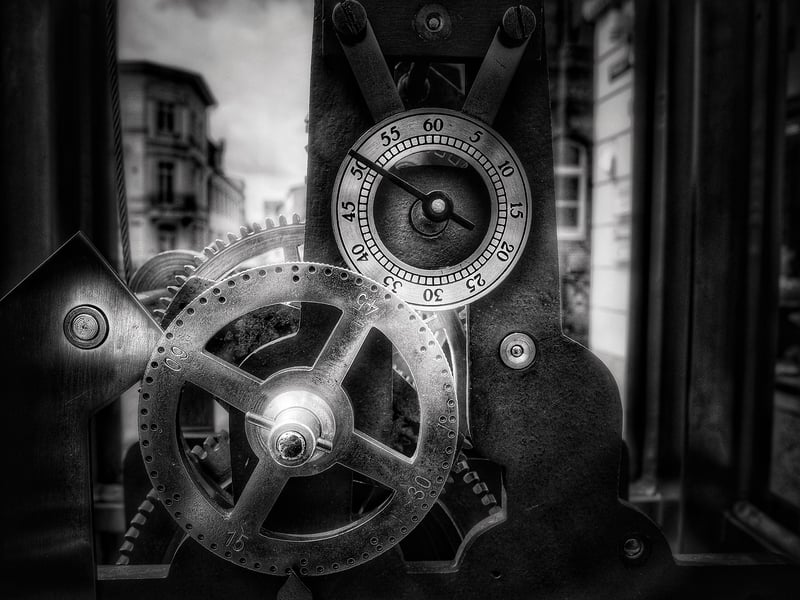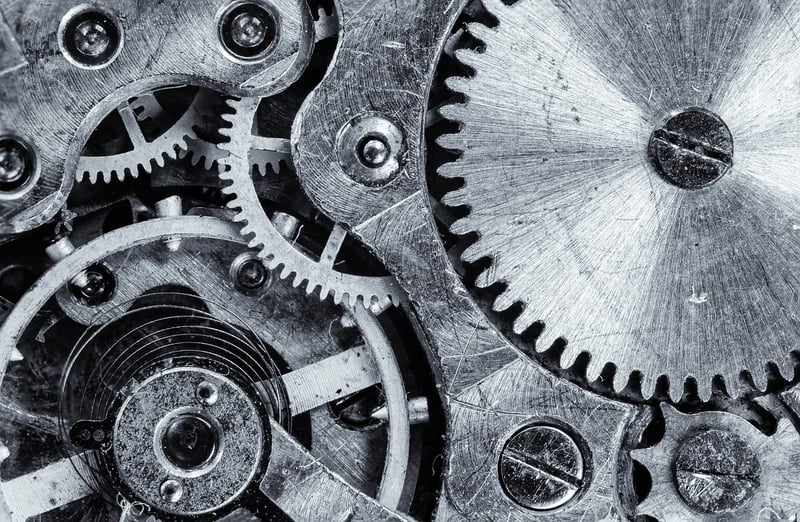Operational Mechanisms
Exploring Time-Travel Devices and Their Operational Mechanisms
Time travel has long been a fascinating concept in science fiction, capturing the imagination of many. While time travel remains theoretical in reality, various devices and mechanisms have been proposed in literature and popular culture. Let's delve into some of these intriguing inventions and how they might operate:
1. The DeLorean Time Machine

Featured in the iconic "Back to the Future" film series, the DeLorean time machine is a modified car capable of traversing through time. Its operational mechanism involves reaching 88 miles per hour and activating the flux capacitor, which generates the necessary energy for temporal displacement.
2. TARDIS (Time and Relative Dimension in Space)

Known from the long-running series "Doctor Who," the TARDIS is a time machine camouflaged as a British police box. Its operational mechanism involves being "bigger on the inside," utilizing advanced Time Lord technology to navigate through time and space.
3. Flux Capacitor

The flux capacitor is a key component in many time-travel devices, including the DeLorean time machine. It is theorized to be a fictional component that allows for time travel by creating a controlled temporal distortion field.
4. Wormholes and Black Holes

In theoretical physics, wormholes and black holes have been proposed as potential natural time-travel mechanisms. Wormholes could serve as shortcuts through spacetime, while black holes may offer opportunities for time dilation.
While these time-travel devices and mechanisms are purely fictional or theoretical, they continue to spark curiosity and inspire creative storytelling in the realm of science fiction.
Remember, while we may not have operational time machines, the concept of time travel remains a captivating subject for exploration and imagination.
